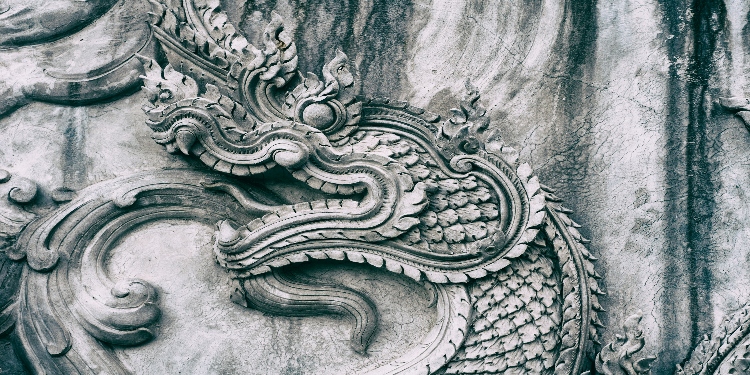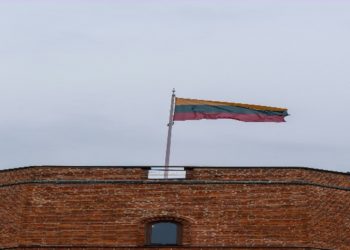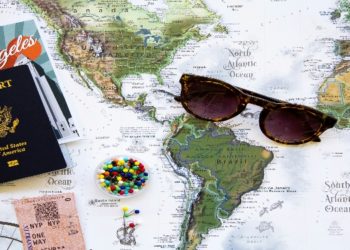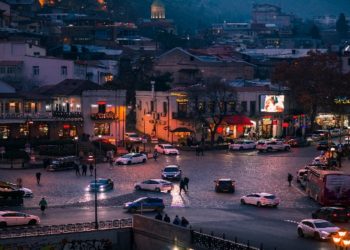Located on the southern side of Asia, the northern border of Vietnam is shared by China entirely. The western border of Vietnam is shared majorly by Laos, followed by Cambodia. It is a long narrow nation that shapes like the letter ‘s’.This Southern Asian Country is known for its Vibrant culture, appetizing cuisine, and signifying history.
Vietnam has plenty of places for you to explore including the Cu Chi Tunnels, and Bai Tu Long Bay in Vietnam and the list is long.
There are over 110 recognized dialects and languages spoken across the land. Since 1945 Vietnamese has been the official language of the nation. Vietnamese Language and Literature are diverse and have transformed throughout the centuries.
Vietnam Travel Packages is the only way you can explore the dense literature of the nation. The travel Journey is complete with learning about their culture and literature.
The language’s evolution is segmented into periods:
- Proto-Viet–Muong, its earliest form, (7th century)
- Proto-Vietnamese (7th to 9th century)
- Archaic Vietnamese, under the Ngo Dynasty, when Sino-Vietnamese vocabulary began to be developed (9th to 10th century)
- Ancient Vietnamese, when“Chữ Nôm”, a type of Nom script that uses Chinese letters to write Sino-Vietnamese words, was introduced by Jesuit missionaries(15th century)
- Middle Vietnamese, the time that “Chữ Quốc ngữ”, a Vietnamese Latin-based writing system, was created (17th to 19th century), and finally,
- Modern Vietnamese: (19th century to current time)
Vietnamese Language
Vietnamese Literature has been branched out by two great influences – indigenous oral literature and the written literature of Chinese. The languages of Vietnam have been classified into three categories including the Austroasiatic languages, the Sino-Tibetan, and the Kra-Dai, which are divided further into 8 groups:
- Viet–Muong group
- Tay – Thai group
- Mon – Khmer group
- Mong – Dao group
- Kadai group
- Chinese group
- Tibeto group
- Austro-Polynesian group
Vietnamese Language and Literature
Vietnamese Language
Earlier Language
Earlier there was no written language, Vietnamese was only an oral language and was passed on from generation to generation. It was in the 9th Century that China conquered Vietnam in 111 BC and ruled it in 938AD.
For over 1000 years China ruled Vietnam. During this period, the Vietnamese language was written in Chinese ideographs known as Confucian script, also referred to as Han script. Based on those Chinese ideographs, Vietnamese scholars developed their native writing system, the Nom script.
There is no such record of when Nom Script was created, although it was established in the eleventh century. These two scripts in Chinese were in use until the French Invasion.
Modern Language
Until the 20th century being literate in Vietnam was a luxury, as it was very difficult and complex for the people of Vietnam to use the Chinese characters of Chinese in Vietnamese.
The Vietnamese language and Literature officially adopted the Latin script, known as Quốc ngữ, during the early 20th century. The process of romanization began in the 17th century, but it was not until the 20th century that Quốc ngữ became the official script for the Vietnamese language. This switch from Chinese characters to the Latin script was part of an effort to modernize the language and make it more accessible to the general population.
The Latin Script in Vietnamese is also known as Chữ Quốc ngữ. It was mainly used by Portuguese missionaries in the 17th century. It was difficult to communicate in writing in the Chinese script also known as Chữ Nôm. For over 200 years Chữ Quốc ngữ was used only in the Catholic community, although the French administration started using Chữ Quốc ngữ script and was further modified and was made compulsory in Vaitnam education.
The use of Chinese scriptures including chu Hán and chữ Nômdeclined drastically as it was very complex for the people of Vietnam. French became one of the favoured written languages for the Vietnam Independence Movement.
Vietnamese Literature
Vietnamese Language and Literature has been branched out in two ways including oral literature and written literature both are Chinese influential. The poetries still sung today in Vietnam comes from the Mon-Khmer group.
Folk Literature
Earlier folk literature was not written, but it was orally spread from century to century. These folks are preserved in many forms. It is not only confiding to Oral form but also hidden (only retained in the memory of folk authors), fixed (written), and shown (performed). From the Muong ethnic group in the north to the white Thai ethnic group in the north-west there are a lot of epic poems.
Medieval Literature
The earliest literature of Vietnamese writers was written in Chữ Hán (Chinese characters). All the official documents, poetries, and stories during this time were written in Chữ Hán. The Chinese grammar and vocabulary did not suit the common Vietnamese.
As a result, it becomes difficult and complex to understand and learn Chữ Hán. The scripts were a part of the royal Vietnamese Court, until 1918 when it was entirely abolished. As per the records, the earliest literature in Han Chinese was written by Buddhist monks in the 11th century.
During the Medieval period, several Confucian scholars such as Le Quat, Mac Dinh Chi, Truong Han Sieu, Chu Van An, Nguyen Trung Ngan, and many others contributed a lot to the poems in the Classics Han Chinese.
Modern Literature
The Modern Literature consists of the Latin Scripts. There has been a lot of work happened in modern literature. While some leaders were not convinced to use modern-day Vietnamese script as a French Imposting, Others embraced modern literature as it was convenient to use.
After the Geneva Convention in 1954, Vietnam was divided into two parts including North Vietnam and South Vietnam. The Literature of the two countries started growing differently. As North Vietnam was influenced by communism the writers did not have the freedom to express themselves, unlike the South Vietnam.
In the past 50- 100 years, many poets have made a huge contribution to Vietnemes literature including -Pham Tien Duat, Nguyen Duy, Hoang Nhuan Cam, Bang Viet, Huu Thinh, Pham Ngoc Canh, Anh Ngoc, and Nguyen Duc Mau.
Other important contemporary poets include Viet Nam Writers Association Awards winners Quan Phuong, Thanh Thao, and Nguyen Quang Thieu; and Literary Arts Newspaper Awards winners Hoang Tran Cuong, Van Le, Tran Manh Hao, and Tran Dang Khoa.













































































